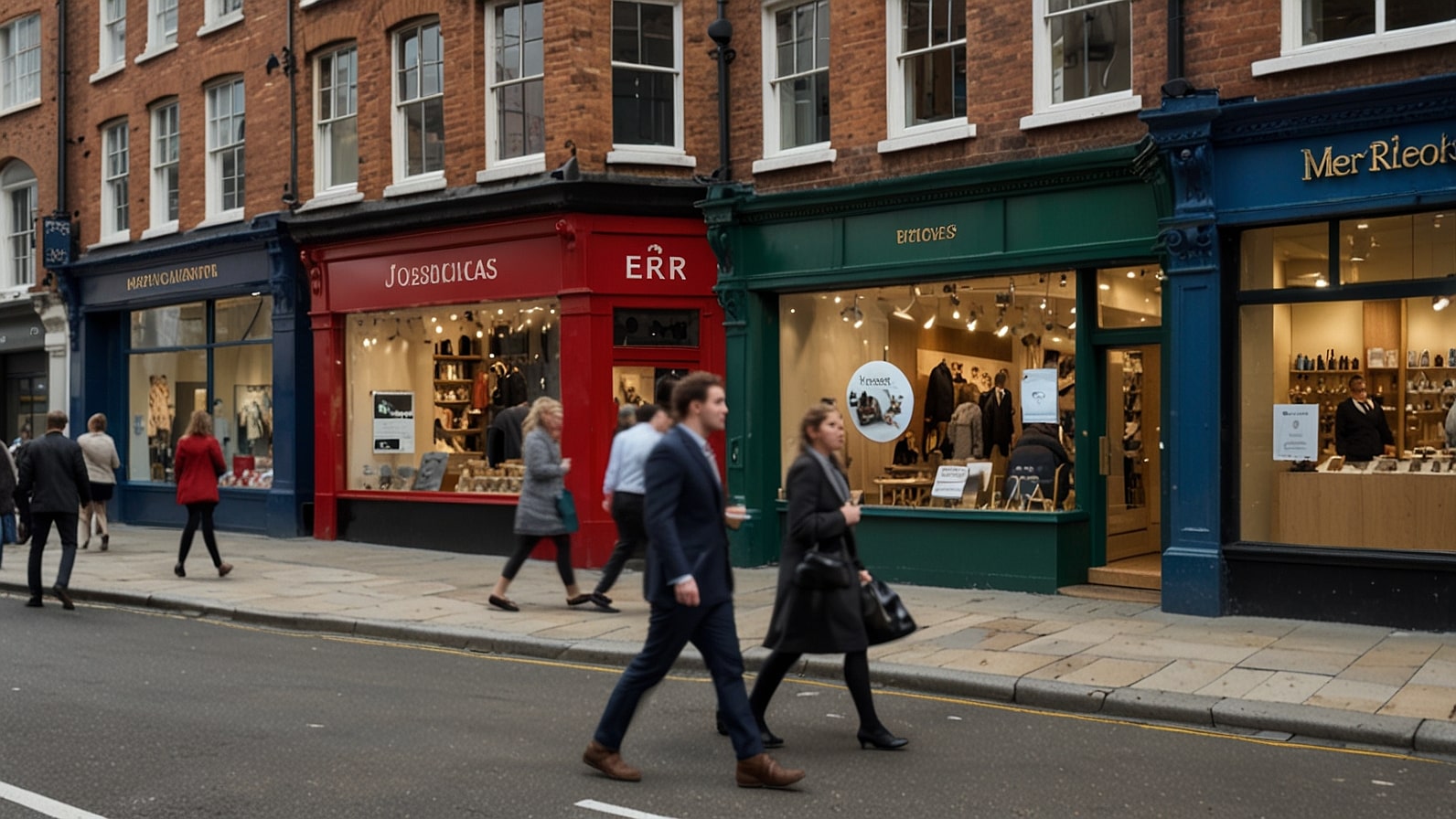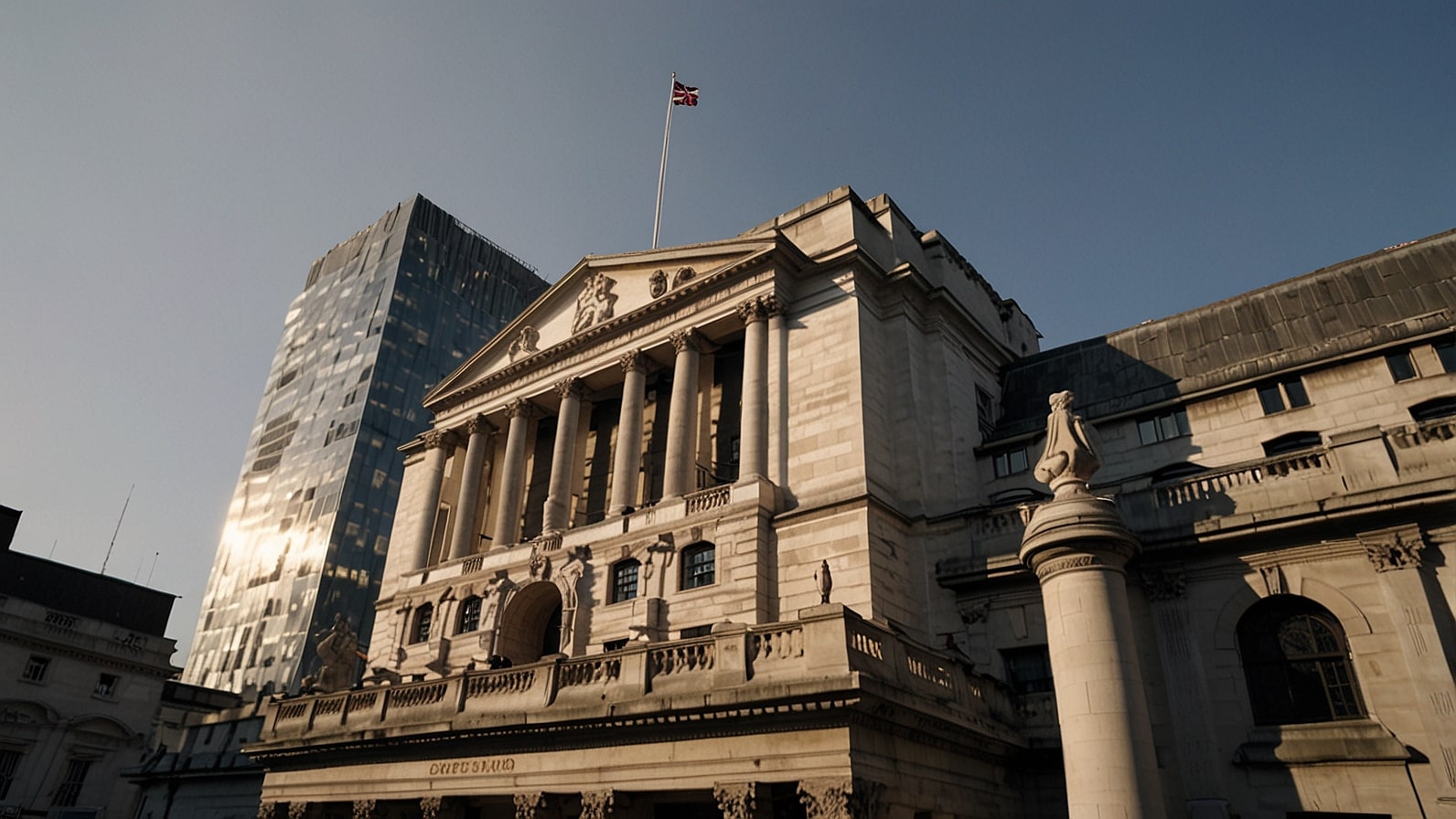In August 2025, the UK retail industry is facing a fork in the road as it confronts the changing consumer spending habits and economic pressures that are transforming the high street. The recent retail sales growth has been lower, according to data from the British Retail Consortium, which indicates a narrowed growth in the retail business, with footfall decreasing by 2.3 percent year on year in July 2025.
With inflation at marginally above 2% as required by the Bank of England, with an increasing rate of trade tensions all across the world, retailers have found themselves in an increasingly complex environment that will require creativity and strength to survive.
Consumer Confidence in Distress
Uncertainties are rife among consumers, despite the Bank of England’s recent reduction in the interest rate to 4%. Net household spending has been battered by increasing energy prices and the possibility of higher tariffs the U.S. imposed on European products.
Larger retailers, such as Marks and Spencer or Next, will release earnings statements, and analysts will want to know how discretionary spending is performing. Online shopping is gaining momentum more than ever, and e-commerce is taking over the retail sales of Q2 2025 with a 28 percent share, making traditional retailers choose to adopt or risk becoming extinct.
High Street Woes and Prospects
There is decline and reinvention of the high street. Department store chains are under immense pressure, with Debenhams estimating an in-store slide of 15 percent during the first half of 2025. In the meantime, smaller, more experientially orientated retailers are creating market shares as they provide differentiated in-store experiences.
Pop-up concepts and immersive retail, such as that which was pioneered by independents in the Shoreditch area of London, are becoming common. The personalized shopping behavior is the reason why these ventures are making money since scaling could redefine the industry in case of success.
Problems with Global Trade and Supply Chain
World trade shocks are compounding the problems of retailers. The new tariffs of the U.S. administration against European imports, highlighted in July 2025, put the UK retailers at risk that depend on the transatlantic supply chains; however, the tariffs are going to raise their prices. Most affected industries are clothing and electronics, where the cost of imports is likely to increase by 8-12 percent if tariffs are maintained.
The British Retail Consortium has pressured the government to bargain on exemptions, but because the complexities of trade on Brexit are yet to be addressed, there are still no resolutions. Domestic sourcing and nearshoring are one of the risk mitigation methods retailers are currently considering.
Market Demo & Corporate Action
Some UK retailers are doing strategic turns. Sainsbury has already declared an investment of 200 million in automation of supply chain to minimize costs, and Tesco is increasing loyalty program to maintain a hold on the customers in the highly competitive surrounding of discount stores such as Aldi and Lidl.
Conversely, another online retailer, ASOS, experienced a decrease in revenues by 10 percent, showing how difficult it is to increase the size of a predominantly online business against the backdrop of an already saturated market. The trends make agility necessary as retailers look at cost reduction, investing in technology, and resonating with customers.
Looking into the Future
With the UK on the verge of a new autumn budget, retailers are concerned about potential tax adjustments and increased labor costs. Chancellor Rachel Reeves has teased a package to reduce the spread in the public finances of around 51 billion, which may involve business rates changes- an age-old issue for the industry.
The retailers have to be innovative because consumer spending will not be freely spent. Consumer preferences are being influenced by the growth of sustainable shopping and the need for transparency in the supply chain, which brings opportunities to brands that do the same. The survival of the UK retailing industry will depend on its capacity to readjust to meet the current challenges of the turbulent economic times.



